Why M365 costs keep rising and how monitoring stops it
Table of contents
Key takeaways:
- M365 license waste is a byproduct of normal business change and happens even in well-run organizations.
- Users with premium licenses often don’t use advanced features, turning high-cost SKUs into silent budget drains.
- Real risk comes from invisible dependencies – removing ‘inactive’ accounts can disrupt workflows or compliance if you lack a complete usage map.
- Policy is only as strong as the data and automation supporting it – sustained savings require accurate, real-time insight.
- Forward-thinking teams use Syskit Point to make proactive governance practical, turning license management into an asset.
The Microsoft 365 renewal is looming, and with it comes the inevitable conversation with your finance department. Savings are hiding in those rows of unused licenses, but how to remove these safely without breaking something else?
License waste is a common issue for businesses. Departments re-org, staff rotate, projects end, but the licenses stick around regardless, ballooning costs, year after year. Without an organizational strategy in place, costs will continue to rise.
Throwing more people at quarterly cleanups simply masks the real problem for another quarter. Instead, a change in mindset is needed, moving from patchworking problems to impact-aware, continuous monitoring.
Read on to discover what real license governance looks like, why M365 bills always seem to creep up, and a practical framework for stopping waste before it starts.
What is M365 license governance?
M365 license governance means putting in place an ongoing strategy, set of policies, and practical processes to control license allocation and avoid waste – all while supporting compliance and business needs.
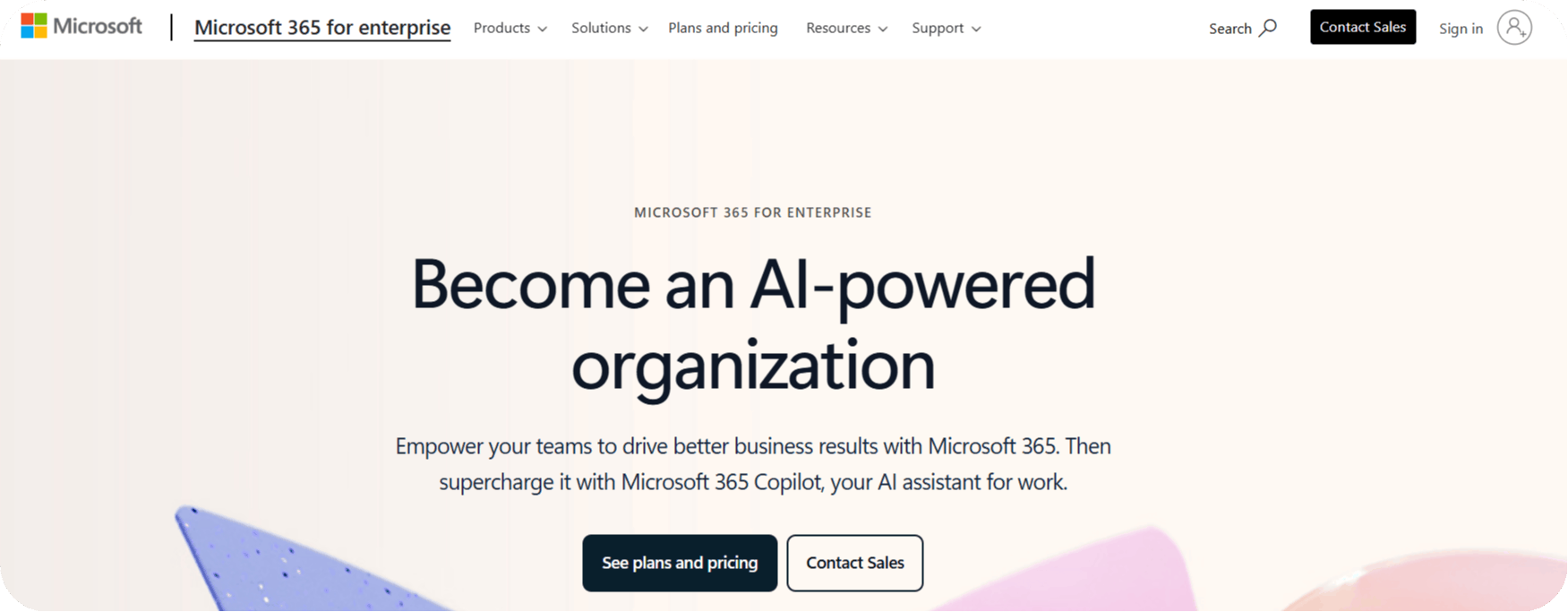
Think of governance as shifting from one-off cleanups and spreadsheet fire drills to a living system that continuously monitors usage, maps dependencies, and proves nothing is broken after every change. Each license should match business objectives in real time.
Distinction between M365 governance and optimization
- License optimization is the tactical project – often done quarterly or annually – where unused or oversized licenses are tracked down and reclaimed. It’s valuable, but reactive.
- M365 license governance creates automated guardrails and visibility so those issues don’t pile up. The system stays clean, and Finance sees savings as a natural outcome.
Governance goes beyond security or compliance to offer operational clarity. The right user has the right license at the right time, and every license supports demonstrable business value. This approach means audits are less stressful, outages are avoided, and IT teams finally get breathing room for more strategic work.
Four reasons your M365 bill is growing
There are four main reasons why Microsoft 365 bills keep growing, even when usage looks stable.
- Employee lifecycle changes: The constant rhythm of employees joining and leaving quietly inflates costs. New hires often get licenses far too early, sometimes before their onboarding is finished. When someone leaves, offboarding rarely reclaims every license, so accounts may linger, consuming resources for months that nobody uses. Multiply this by the flow of staff in large organizations, and those gaps quickly add up.
- Dynamic role changes: These can easily create license creep. An employee might get temporarily upgraded to an E5 or an advanced add-on for a project. When the assignment ends, they’re rarely downgraded – especially if IT is focused on urgent requests elsewhere. Over time, these licenses accumulate, stacking premium costs on what might now be basic usage requirements.
- Project-based needs: Projects can introduce a burst of costly, specialized licenses. Tools like Visio, Planner, or custom analytics add-ons are handed out for a six-month sprint, but never scheduled for removal when the project ends. Licenses persist in the background.

- Lack of central visibility: Decisions often rely on incomplete data. Admins may see a user as inactive based on last login, but lack insight into whether that account powers critical automations or owns key resources.
For example, removing an unused license might break an automated approval flow that keeps invoices moving or lock out external partners from a vital SharePoint site. Instead of eliminating waste, these hidden dependencies can cause major disruptions to business.
How to build an effective license governance framework
“The biggest mistake organizations make is treating license governance as a quarterly cleanup project. True cost control doesn’t come from looking at old reports; it comes from building a proactive system with clear policies and continuous monitoring. You need to stop the waste before it starts.”
– Danijel Cizek, Product Manager Team Lead at Syskit
Proactive governance allows organizations to stay resilient, protect services, and deliver predictable value from M365 investments. Without this foundation, even well-meaning quarterly audits will leave blind spots.
Establish clear policies and strategies
All rules need to be explicit. Define who gets which license based on their role, department, and needed feature set. This step ensures that licensing aligns closely with business objectives and operational requirements.

Use Microsoft Entra ID for group-based licensing – it’s an effective starting point that automates initial policy enforcement, though coverage is limited. Group-based licensing means assigning licenses to security groups, but fine-grained needs and changes still require dedicated governance oversight.
Overcome common roadblocks to visibility
Gaining a clear perspective across tenants remains tough with native M365 tools. Detailed dashboards that reveal real consumption are a genuine must-have. Without this level of insight, licenses are often wasted on employees who either don’t use premium features or aren’t fully trained.
Over-licensing ties directly to underutilization. Users may have E5 licenses packed with advanced capabilities, but unless they’re trained to use them, recurring costs will continue to mount up.
Implement continuous monitoring (not just quarterly reviews)
Any time is a good time to review licences, as staff changes and business needs never stop. Quarterly, manual checks guarantee that some waste slips through the cracks and that critical dependencies are missed until it’s too late.
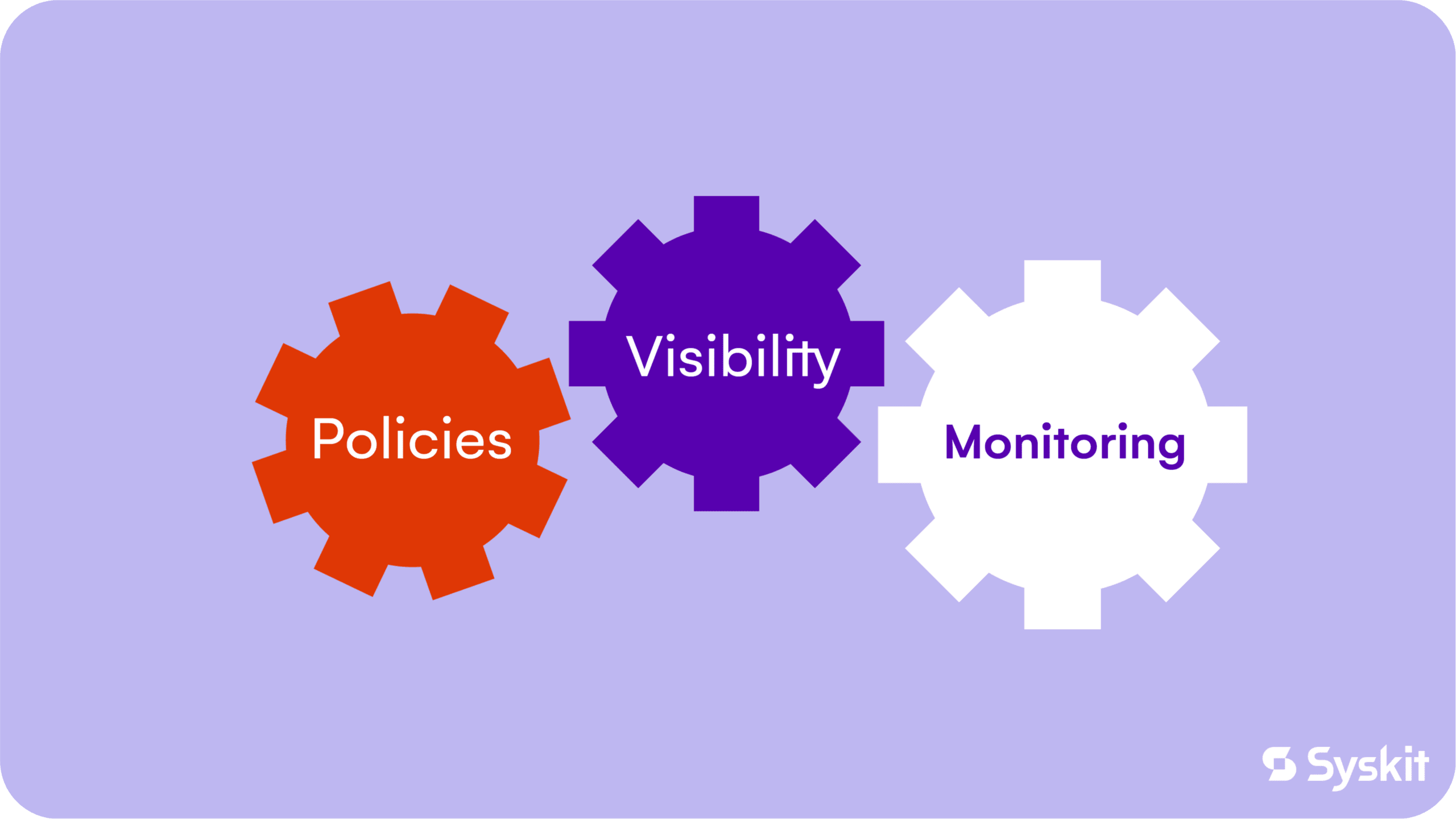
Continuous monitoring is a far better approach, enabling real-time detection of unused licenses and risky changes as they happen. A proactive attitude ensures governance is operational, automated, and always on.
Activate continuous monitoring with Syskit Point
A governance framework is only as effective as the tools that bring it to life! Manual monitoring of thousands of users and licenses is an impossible task for a modern enterprise, making automation non-negotiable – there’s simply no way to keep pace and protect continuity without it.
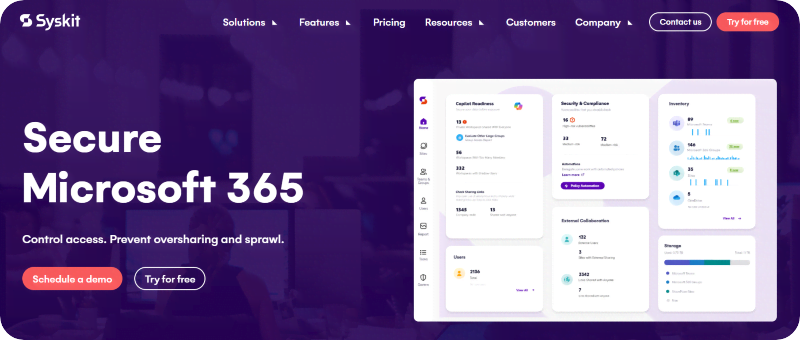
Syskit Point is transformational software for Microsoft 365 license governance. Its real superpower is continuous visibility, so instead of relying on sporadic reports, Syskit Point gives you real-time dashboards. These automatically track usage across every M365 service, flagging underutilized or inactive licenses before costs balloon. IT teams and department leads can quickly zero in on problem areas and take decisive action based on up-to-the-minute data.
Instead of complex automation, Syskit Point offers flexible filtering and export options that make it easy to share insights with Finance or Department Heads. This supports internal transparency and enables cost accountability – transforming raw data into practical governance decisions.
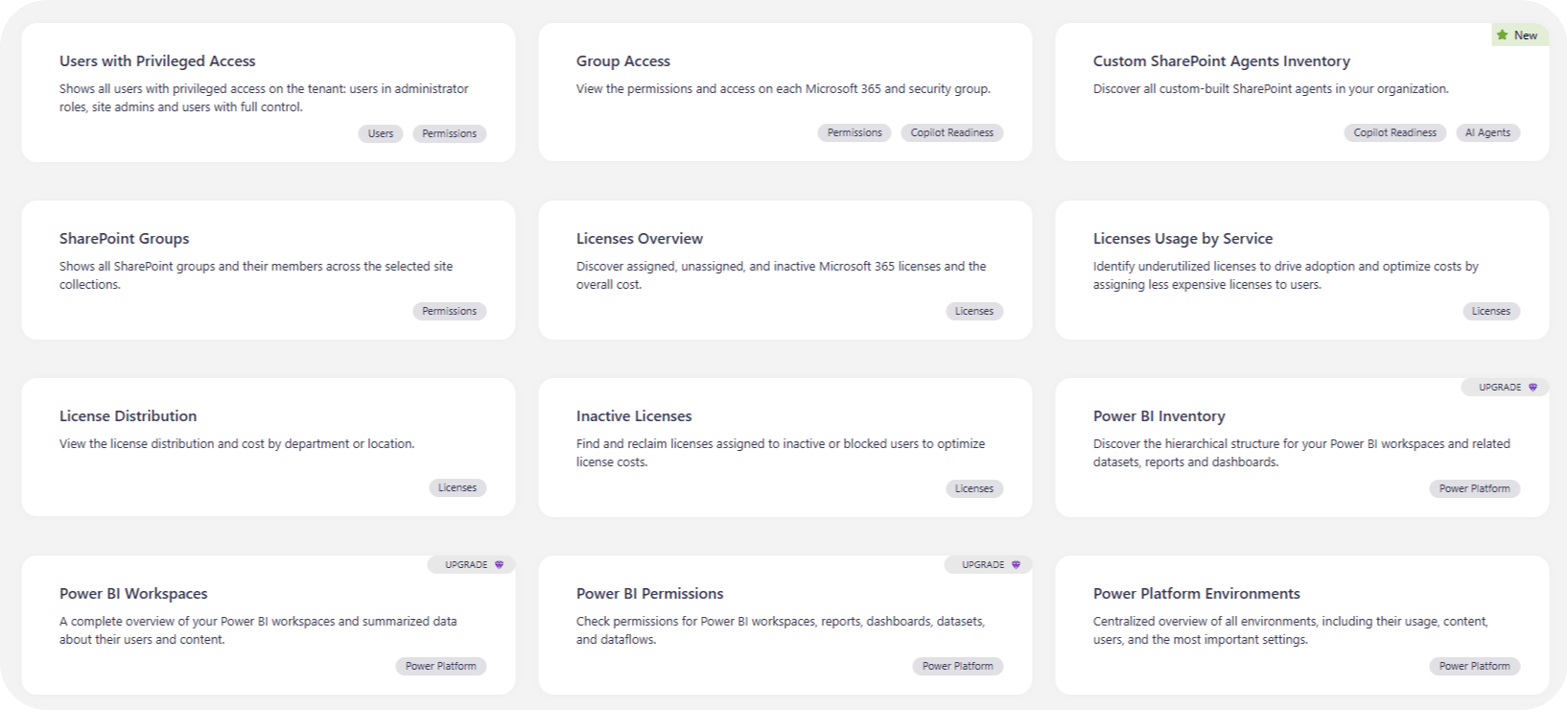
Syskit Point also makes it easy to see who is using premium SKUs, where licenses can be safely downgraded, and which add-ons can be reclaimed. The platform puts essential decision-making data at your fingertips.
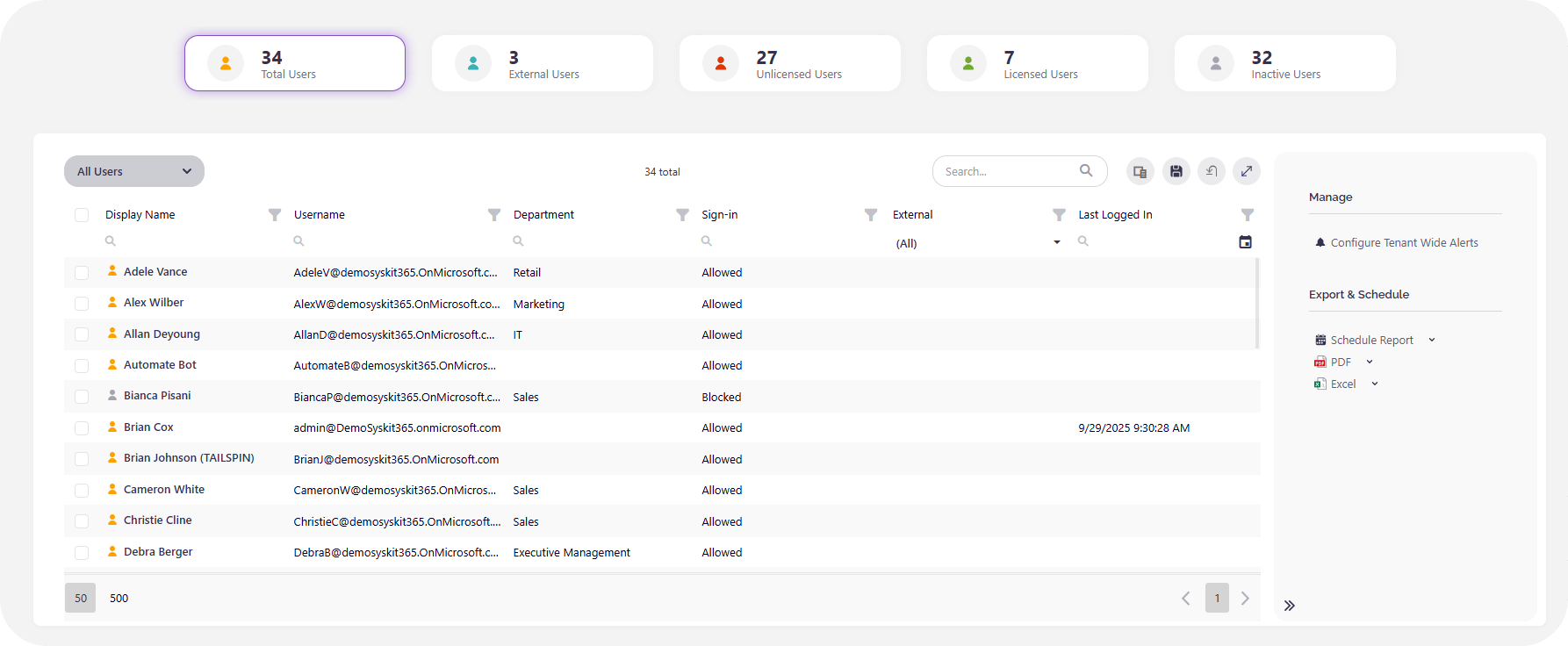
Our platform also simplifies compliance and audit preparation. Audit logs keep track of any changes in license, making it easier to prove compliance or complete an audit trail.
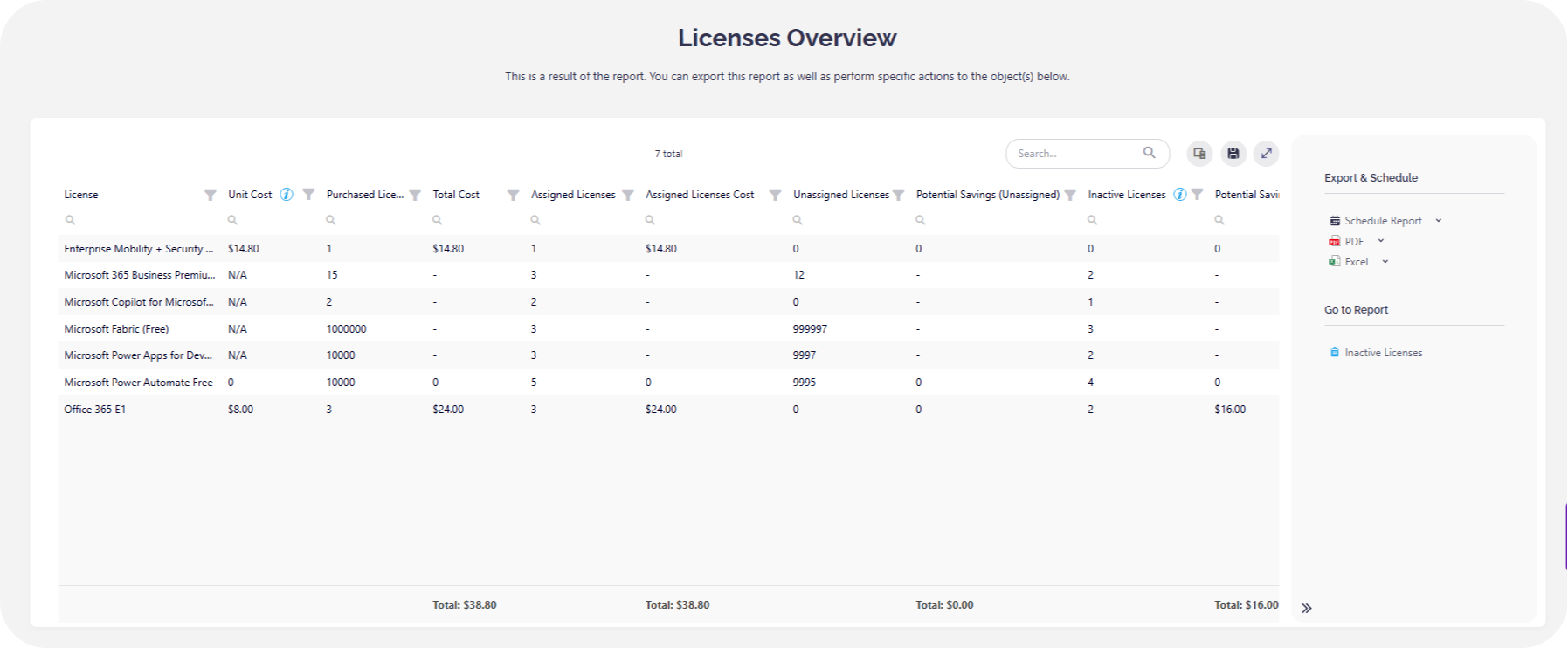
This winning combination of continuous monitoring, automated policy enforcement, and crystal-clear visibility, turns license governance from a risky manual chore into a safe, scalable practice. Everything is where you need it, always accessible, and easy to find. Suddenly, those difficult decisions regarding license waste become simple choices, based on the data in front of you.
Stop the cycle of waste today
M365 costs rise naturally as employees join, leave, and change roles – a reality that makes license waste a constant battle. One-off optimization projects offer some relief, but most IT teams realize that this won’t solve the problem in the long term. Unless something changes, the cycle of waste will repeat with every renewal.
True cost control comes from a proactive approach to governance – the kind that spots waste before it drains your budget. As Syskit Point customer Eddie Soto at Lionsgate Entertainment found, the real breakthrough wasn’t just in cleaning up inactive licenses. It was in maintaining “a 5% buffer of licenses effectively, so we always have the ability to scale up or down in terms of users without unnecessary costs” – turning license management from a reactive scramble into a strategic advantage.
And that’s what continuous monitoring brings to your business – real answers, less stress, and the data to defend every licensing decision. True Microsoft 365 governance builds certainty, allowing you to scale with confidence.
If you’re ready to move from reactive cleanups to a proactive governance system, see how Syskit Point provides the continuous monitoring you need to control M365 licensing costs for good.


